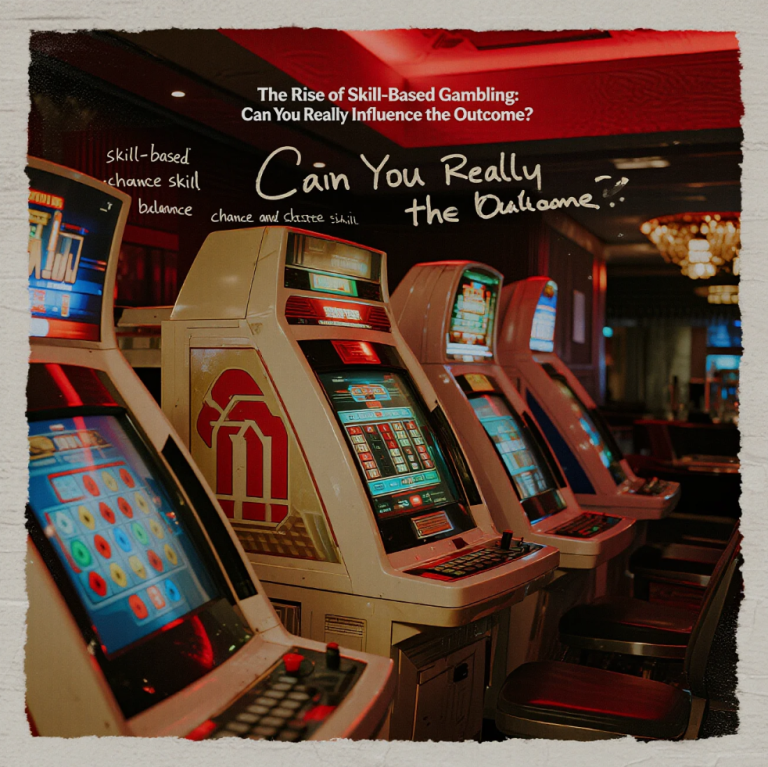
Slot games are among the most popular forms of gambling worldwide, drawing millions of players to casinos and online platforms. But what makes them so irresistible? The answer lies in psychology—slot machines are designed to trigger the brain’s reward system in ways that can lead to addictive behavior.
1. The Power of Random Rewards
At the core of slot games is the random reward system. Players never know when they’ll win, and this unpredictability keeps them engaged. Psychologists call this a variable ratio reinforcement schedule, which is one of the most powerful ways to drive repeat behavior.
2. Lights, Sounds, and Sensory Triggers
Every spin is paired with flashing lights, celebratory sounds, and animations—even when players win small amounts. These cues condition the brain to associate slots with excitement and pleasure, encouraging continued play.
3. The Illusion of Control
Slot machines often include features like “stop buttons” or near-misses, giving players the sense that skill or timing plays a role. In reality, outcomes are governed entirely by random number generators (RNGs), but the illusion of control keeps players hooked.
4. Escapism and Emotional Relief
For many, playing slots provides a temporary escape from stress, boredom, or negative emotions. The immersive design creates a flow state, making players lose track of time and sometimes money.
5. Chasing Losses
Another psychological trap is the urge to chase losses—believing that the next spin might bring a big win to recover what’s been lost. This cycle is one of the key drivers of problem gambling.
6. Social and Cultural Influence
Casino environments and online platforms often promote community aspects, like leaderboards, chatrooms, or tournaments. These create a sense of belonging and further encourage frequent play.
Final Thoughts
Slot games are engineered to exploit psychological triggers that fuel both excitement and risk. Understanding the science behind slot addiction can help players recognize harmful patterns and encourage responsible gambling practices.



